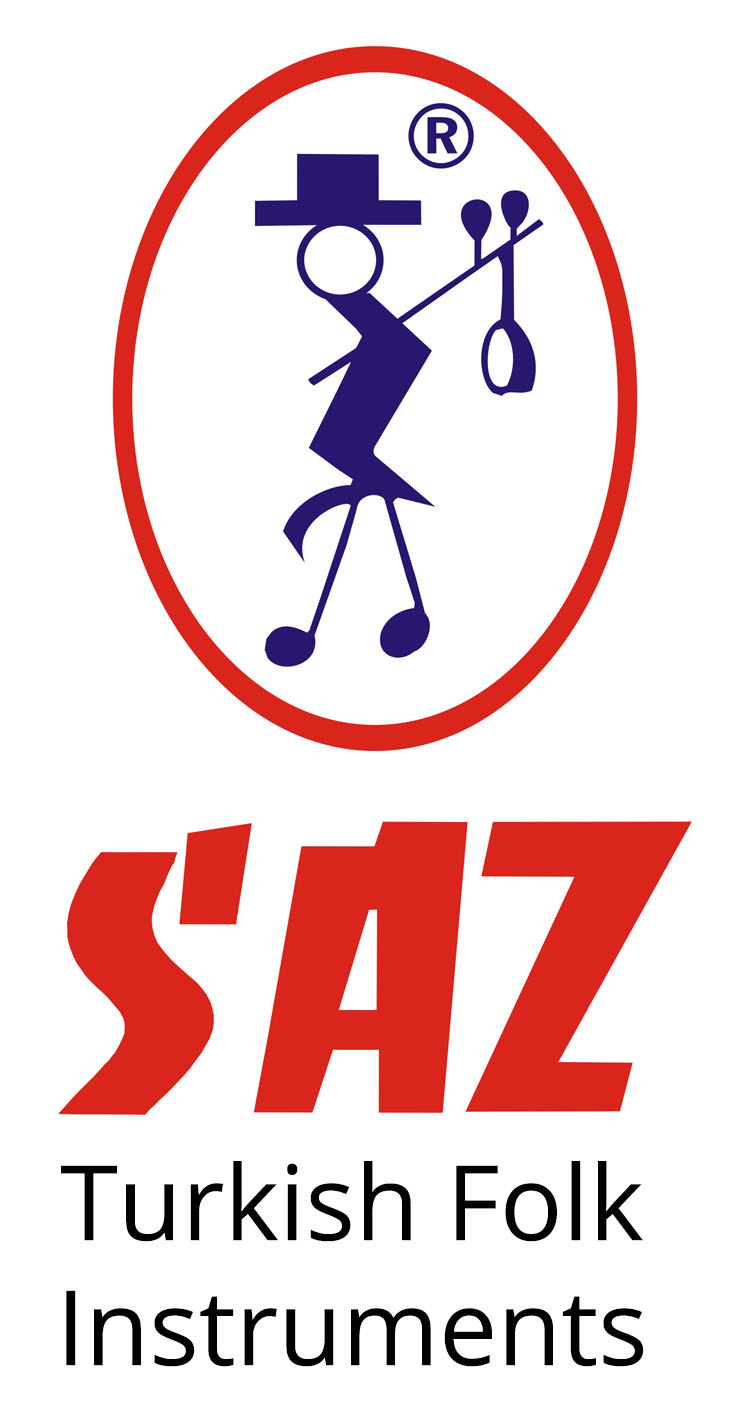The oud, which has an impressive sound and appeals to many traditions; It is a stringed and plectrum instrument, which is also among the traditional Turkish instruments. Oud is a fretless instrument. It is used as 11, 12 or 13 strings. In the musical instrument, which has 6 different string groups, the top string is known as the bam string. This wire can be used as 11 and 13 wires when used alone, and as 12 wires when used in pairs. The reason for this difference is the traditional use. Bam string has a very important place especially in Turkish music. The types and detailed explanation of the oud, which has visual and auditory aesthetics, are as follows.
UD TYPES
Apart from standard case ouds, there are many types of ouds in our production. If we list the most known of them;
TURKISH OUD
Wooden Trough Length: 49.5 cm.
Neck Length: 19.5 cm.
ARAB OUD
Wooden Trough Length: 51.5 cm.
Neck Length: 20 cm.
SYRIAN OUD
Wooden Trough Length: 52 cm.
Neck Length: 20.5 cm.
IRAQ OUD
Wooden Trough Length: 49.5 cm.
Neck Length: 19.5 cm.
STRUCTURE OF OUD
Wooden Trough
The chamber, which is made by adding tree slices to each other, forming the main body of the oud and multiplying the sound, is called a wooden trough. The wooden trough is the main part that houses the cover and the parts on the cover. A wide variety of woods can be used in wooden trough construction (walnut, butterfly, rosewood, oak, rose, plum, mahogany, hornbeam, paduk, ebony, etc.).
Wooden Cover
It is the most sensitive part of the instrument. It has a primary effect on the quality and volume of the sound. In other words, the wooden cover should be well dried. On the upper part of the cover, there is a lower threshold (sound threshold), cages and where the plectrum was shot. In order for the thin and wide-surfaced cover to withstand tensions and pressures, there are seven balconies at the bottom (the laths on the inside that ensure the cover’s strength and tone ratio) that are attached to the cover at regular intervals. It has effects on the sound that will be produced. Changes in material, size and location create different results in terms of the sound obtained.
Keyboard (Finger Tapping)
The keyboard is the area where the notes are. It uses ebony or rosewood in this area. Since it is a very hard wood, it prevents the keyboard from wearing out during playing, minimizes the tuning distortion in cold-hot environments, and thus extends the service life of the percussions. When we examine the types of oud, it is possible to encounter long or short keyboard images.
Tuning Pegs
The part where the strings are fixed and tuned at the end is called the pegs holes, and the parts where the strings are wound on the auger are called “tuning peg”. Ebony, rosewood, rose, boxwood, hornbeam and pvc are used. Especially ebony and rosewood trees are recommended. Tuning pegs tighten or loosen wires by rotating them over tapered drill holes.
The pegs holes, on the other hand, makes an angle with the neck back at certain degrees and there are tuning peg holes on it, the number of which varies according to the oud types. It is made of ebony and rosewood trees. Thanks to the guitar grips on the design ouds in our products, it is possible to fine-tune the tuning.
Tunes and Strings
The oud has 4 chords. This information varies according to the Turkish, Arab, Syrian and Iraqi oud differences. Different tunings can be made within them. An example template is as follows.
Oud strings are made of silk. Silver-wound wires are also used most of the time. There are 11 or 12 strings on the oud, five double strings from bottom to top and a single string at the top. New generation types with 13 strings are also available in our production. Vibration waves turn into sound as a result of the vibration of the strings with the blows of the plectrum and the transmission of the vibration to the soundboard over the threshold. In short, as in all other stringed instruments, the primary element that creates sound is the strings.
OUD MAINTENANCE AND PROTECTION
In order to use your oud for many years, you need to take care of it and maintain it well. It is necessary to store the oud at room temperature. Polishing should be done once a year in order not to deteriorate the wood quality (except for the cover). Hands must be clean while playing the oud. This will keep the chest board clean and increase wire life. Changing the strings every six months will contribute to keeping the sound quality at a high level. If you are not going to play for a long time, it is good practice to leave the strings loose.
Since the front board of the oud is light in color, it is likely to get dirty. The breast and hull of the oud should never be cleaned with a wet cloth, soap, or chemicals such as alcohol. Any dust or stains on the oud should be wiped with a dry cloth.
In cases where the auger gets stuck, it is necessary not to use substances such as soap and oil. In this case, an alternative solution would be to loosen it with powder.
When the oud is not played, it should be kept face down (on the chest board) in a lighted cabinet. It is not correct to keep the oud in humid environments, excessive sunlight or indoor and hot environments. If you’re in a damp environment, it’s a good practice to keep them in a light-filled cabinet in as little dampness as possible. Finally, as with every musical instrument, a bag should be used when carrying the oud as the main method of protection from possible harm.
